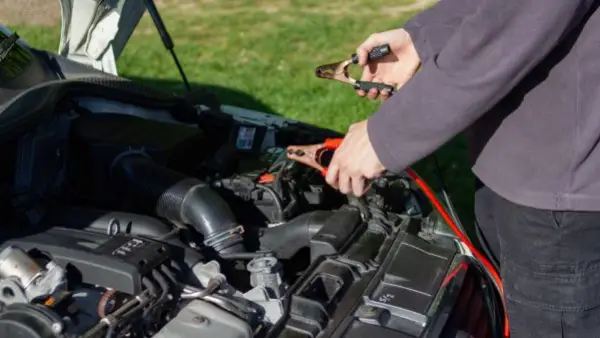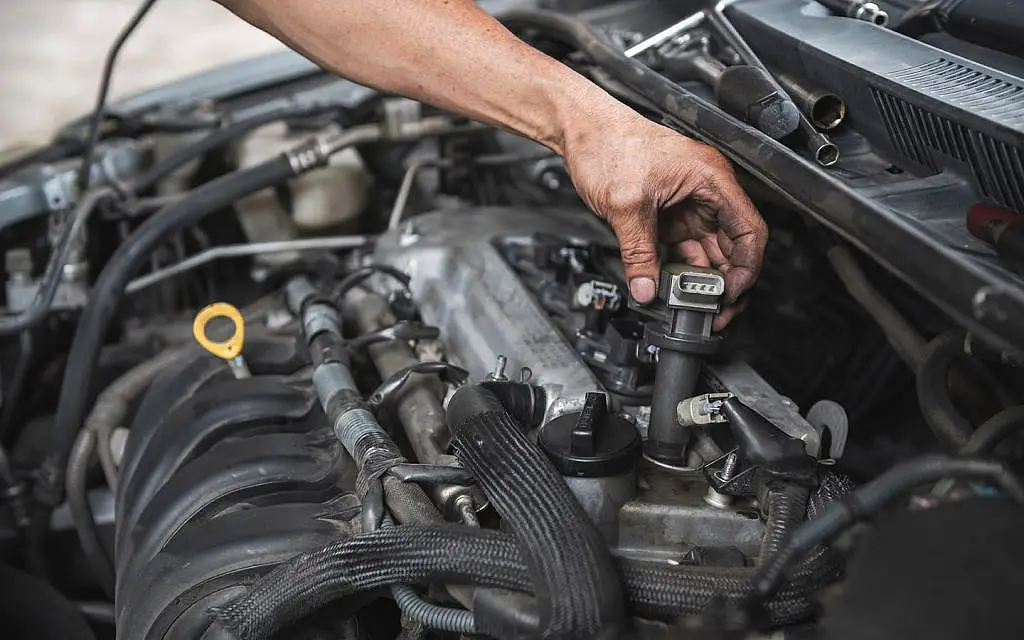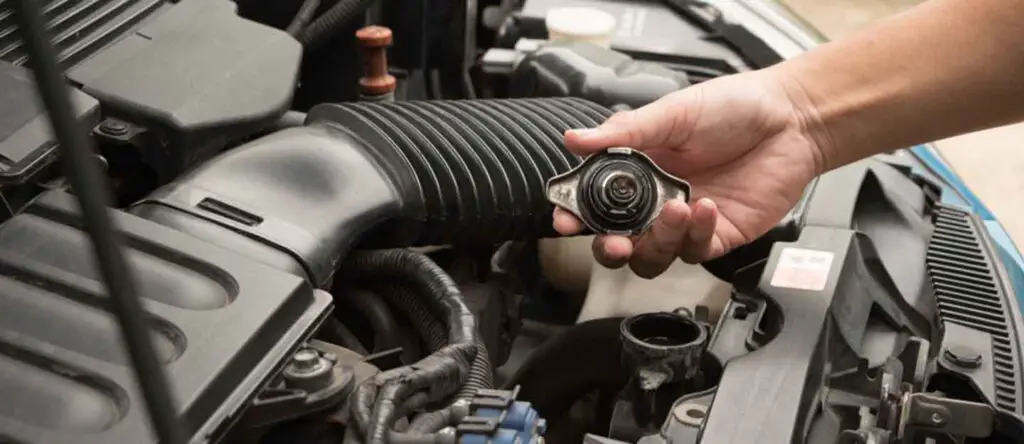Knowing how to diagnose common car issues is a fundamental skill every driver should possess. Understanding the signs and symptoms of prevalent car problems can transform an unforeseen inconvenience into a manageable situation. This knowledge empowers drivers to take swift action and ensures a safer and more reliable driving experience.
Basic car maintenance skills are the foundation for a well-functioning vehicle. Early diagnosis and addressing minor issues can prevent them from escalating into major, more costly problems. Having a grasp of these essentials not only ensures smoother drives but also saves both time and money.

Identification of Common Car Problems
Dashboard Warning Lights
Understanding the various dashboard warning lights is crucial for car troubleshooting. Different lights signal different issues, from engine problems to tire pressure or battery issues. Knowing the significance of these lights aids in prompt action and prevents potential complications.
Unusual Noises and Sounds
Unusual sounds can serve as vital cues for identifying specific issues within the vehicle. Squealing brakes, knocking, hissing, or grinding noises can indicate problems with brakes, suspension, or the engine. Being attentive to these sounds can lead to early detection and timely resolution.
Vehicle Performance
Observing changes in vehicle performance, such as reduced fuel efficiency, jerking or stalling, or a significant drop in power, can be indicative of underlying issues. Changes in performance can signify engine or transmission problems, among other potential concerns.
Step-by-Step Car Troubleshooting Guide

Engine Problems
Understanding engine-related issues is essential for drivers. Common problems like stalling, overheating, or misfiring could indicate various underlying issues. Addressing these symptoms promptly can prevent further damage to the engine.
Brake System Issues
Troubleshooting brake-related problems is crucial for safety. Recognizing signs such as squeaking, grinding, or pulsating brakes can help identify issues with the brake pads, rotors, or the braking system, ensuring proper function and safety.
Electrical and Battery Problems
Addressing electrical issues is vital for a vehicle’s overall performance. Issues like flickering lights or a dead battery might stem from various causes, including faulty alternators, battery issues, or electrical system malfunctions.
Fluid Leaks and Issues
Identifying and addressing fluid leaks is crucial for the overall health of the vehicle. Understanding the significance of leaking oil, coolant, or other fluids helps in determining potential issues and prevents further damage to the car’s systems.
DIY Troubleshooting Methods

Basic Visual Inspections: Identifying Common Problems
Conducting basic visual inspections is an integral part of maintaining a healthy vehicle. Here’s a step-by-step guide:
- Tire Inspection: Check for tire wear, adequate tread depth, and tire pressure. Look for any cuts, bulges, or embedded objects.
- Fluid Checks: Examine fluid levels (engine oil, transmission fluid, brake fluid, coolant, and windshield washer fluid). Look for any signs of leaks.
- Underhood Inspection: Visually inspect the engine bay for loose or damaged belts, visible leaks, and disconnected or frayed wiring.
- Lighting and Signals: Test all lights (headlights, taillights, brake lights, turn signals) to ensure they are functioning correctly.
- Brake System: Look for any signs of wear or damage on brake pads and check for leaks near the brake lines and calipers.
Regular visual inspections empower drivers to detect potential issues early, ensuring a safer and more reliable driving experience.
Utilizing Diagnostic Tools: The OBD-II Scanner
A powerful diagnostic tool, the OBD-II (On-Board Diagnostics) scanner, is instrumental in identifying and understanding car issues. Here’s a guide to its use:
- Connection: Locate the OBD-II port usually situated beneath the dashboard or around the steering column.
- Linking the Scanner: Plug the OBD-II scanner into the port until it securely connects.
- Reading Error Codes: Follow the scanner’s instructions to retrieve error codes. Each code corresponds to a specific problem area in the vehicle.
- Interpreting Codes: Reference the scanner’s manual or an online database to interpret the error codes. These codes provide insights into the detected issues within the engine, transmission, exhaust system, and more.
- Resetting or Clearing Codes: Depending on the scanner’s capabilities, you can clear or reset the codes to see if the issue persists.
The OBD-II scanner is a valuable tool for DIY troubleshooting, enabling drivers to pinpoint problems and understand the health of their vehicles more comprehensively.
Regular Maintenance for Prevention
Importance of Regular Maintenance
Regular vehicle check-ups and adherence to service schedules are crucial. Highlighting the significance of these practices helps in preventing potential issues, ensuring the vehicle’s longevity and performance.
DIY Maintenance Practices
Encouraging simple DIY maintenance practices can help prevent common issues. Basic tasks like checking tire pressure, fluid levels, and changing air filters empower drivers to actively maintain their vehicles.
When to Seek Professional Help
Understanding Limitations
Emphasizing when to seek professional help is crucial if issues are beyond DIY troubleshooting. Recognizing these limitations prevents further damage and ensures accurate problem resolution.
Importance of Expert Diagnostics
Stressing the significance of professional diagnostics, especially for complex problems, is vital. Professional expertise and tools are essential for accurate identification and resolution of intricate vehicle issues.
Conclusion
Understanding how to troubleshoot common car problems is a pivotal skill for any driver. From recognizing warning signs to employing basic visual inspections and diagnostic tools, proactive maintenance and early issue identification significantly enhance vehicle longevity and safety.
Encouraging DIY practices while acknowledging the limits of self-troubleshooting also emphasizes the importance of seeking professional help for complex issues. By integrating these strategies, drivers can ensure a smoother, safer, and more efficient driving experience.
